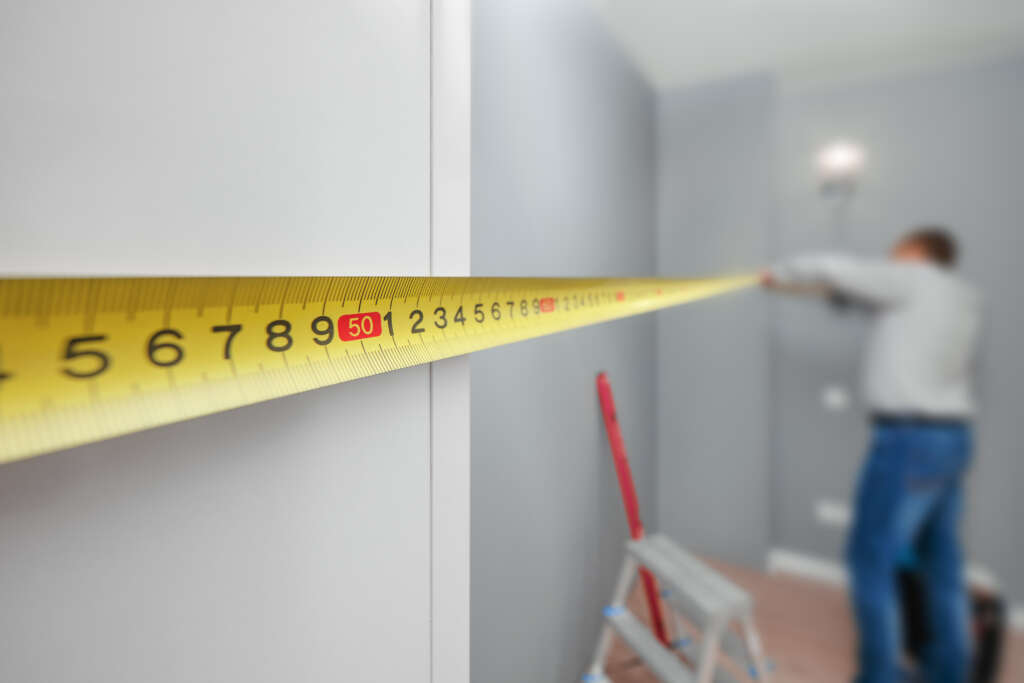
How to Secure Federal or State Grants for Home Modernization
Share This Article
Securing funding for home repairs shouldn’t feel like searching for a needle in a haystack. With strategic planning and persistence, homeowners can tap into thousands of dollars in government assistance. The application process may seem overwhelming at first, but breaking it down into manageable steps makes everything more approachable.
Understanding What Qualifies
Government grants for home modernization focus on health, safety, and accessibility improvements rather than cosmetic upgrades. Think new roofing to prevent water damage, electrical system repairs, or installing wheelchair ramps. These programs won’t fund your dream kitchen renovation, but they’ll help with essential repairs that make homes safer and more livable.
Most programs target specific groups: seniors, veterans, people with disabilities, and low-to-moderate income households. However, “low income” varies significantly by location. Someone earning $60,000 annually might qualify in a high-cost area where that income falls below regional medians.
Key Federal Programs Worth Exploring
The USDA Section 504 Home Repair Program offers the most straightforward path for rural homeowners. Grants up to $10,000 help seniors aged 62 and older address health and safety hazards. Low-income homeowners can also access loans up to $40,000 for broader improvements.
The Weatherization Assistance Program provides substantial energy efficiency upgrades at no cost to qualifying households. This program covers insulation, air sealing, heating system repairs, and energy-efficient appliances. Families typically save over $372 annually on energy bills after weatherization.
Veterans with service-connected disabilities can access Specially Adapted Housing grants worth up to nearly $110,000 for major home modifications. These grants help adapt homes for wheelchair accessibility and other mobility needs.
State and Local Resources
State programs often provide more flexibility than federal options. States like California offer enhanced funding through pilot programs, with grants reaching $10,000 instead of the standard $7,500 federal limit.
Contact your state weatherization office directly, as many states supplement federal programs with additional funding. Local housing authorities and community development corporations also administer smaller grant programs.

Preparing Your Application
Financial Documentation
Gather recent tax returns, pay stubs, and bank statements. Most programs use income limits based on Area Median Income (AMI), which varies by location and household size. Having organized financial records speeds up the qualification process.
Property Assessment
Schedule a professional home inspection to document needed repairs. Many programs require contractor estimates before approving assistance. Get multiple quotes to demonstrate you’re seeking competitive pricing.
Priority Timing
Submit applications early in the program year. Many grants operate on a first-come, first-served basis with limited annual funding. State offices typically announce new funding cycles in late summer or early fall.
Maximizing Your Chances
Research multiple programs simultaneously rather than applying to just one. Combining a weatherization grant with a local emergency repair program can address different aspects of home improvement needs.
Consider working with approved contractors who understand program requirements. These professionals can help navigate paperwork and ensure work meets program standards.
Don’t overlook programs for specific groups. If you’re a veteran, senior, or person with disabilities, targeted programs often have less competition and more generous funding limits.
Common Obstacles and Solutions
Income documentation challenges trip up many applicants. If your income varies seasonally, provide documentation showing typical earnings patterns rather than just recent pay stubs.
Rural property eligibility for USDA programs can be unclear. Use the USDA eligibility map to verify your location qualifies before investing time in applications.
Property ownership requirements eliminate renters from most programs, but some weatherization assistance extends to rental properties with landlord participation.
Beyond Traditional Grants
Explore low-interest loan programs when grants aren’t available. HUD Title I loans finance up to $25,000 for property improvements with reasonable repayment terms.
Community Action Agencies often coordinate multiple assistance programs. These local organizations can connect you with emergency repair funds, utility assistance, and other support services.
Taking Action
Start by contacting your state energy office to understand available programs in your area. Many states maintain comprehensive lists of housing assistance options.
Document everything throughout the application process. Keep copies of all submitted paperwork and follow up regularly on application status.
With persistence and proper preparation, government assistance can transform overwhelming repair costs into manageable home improvements that enhance safety, comfort, and energy efficiency for years to come.


